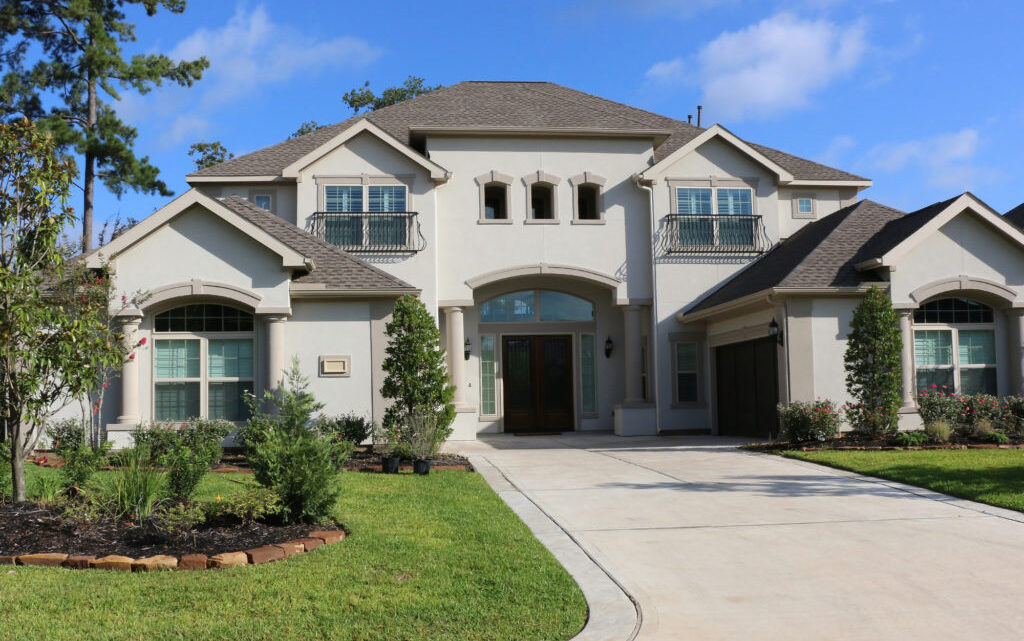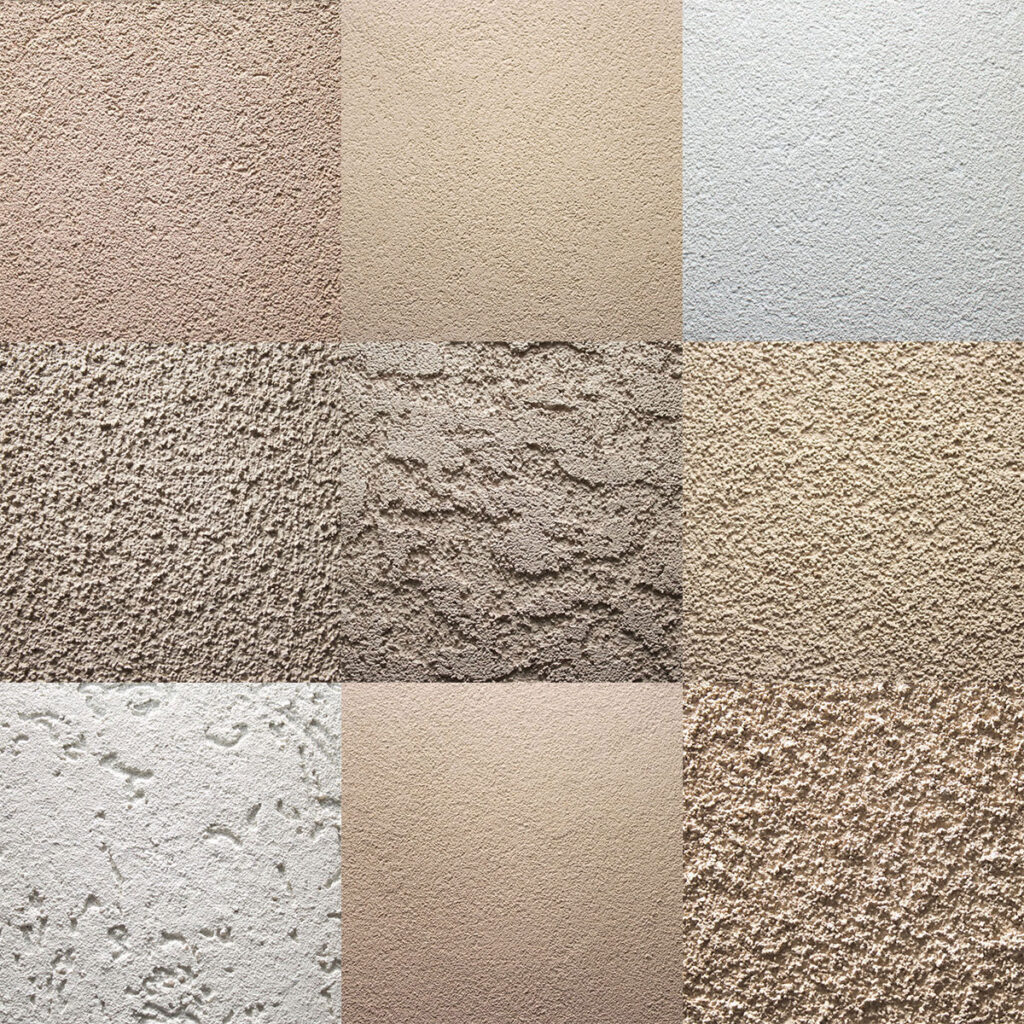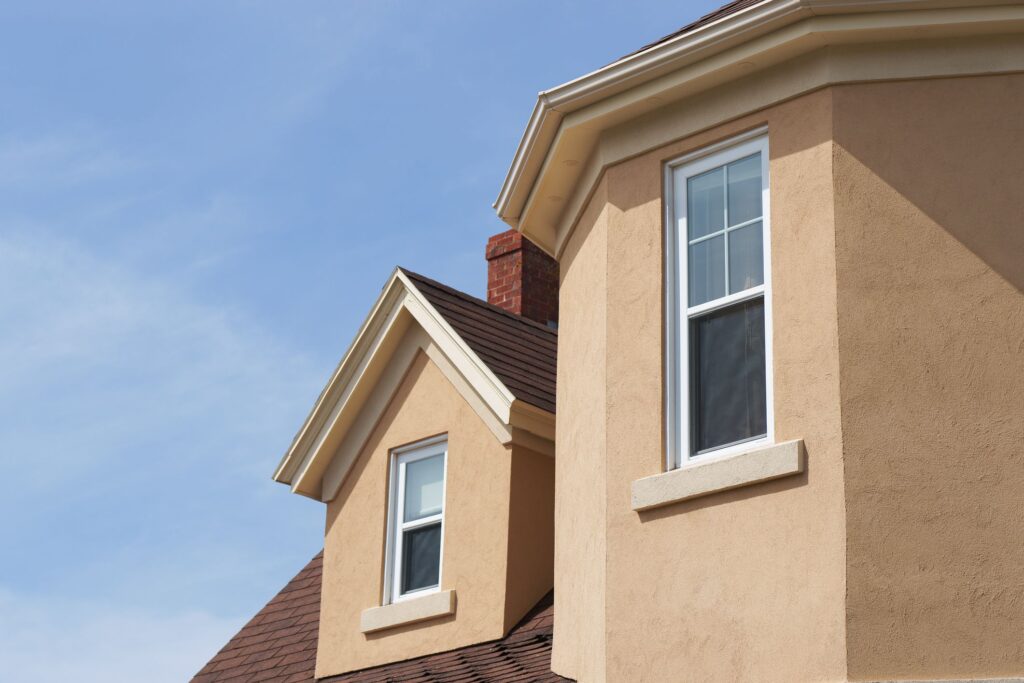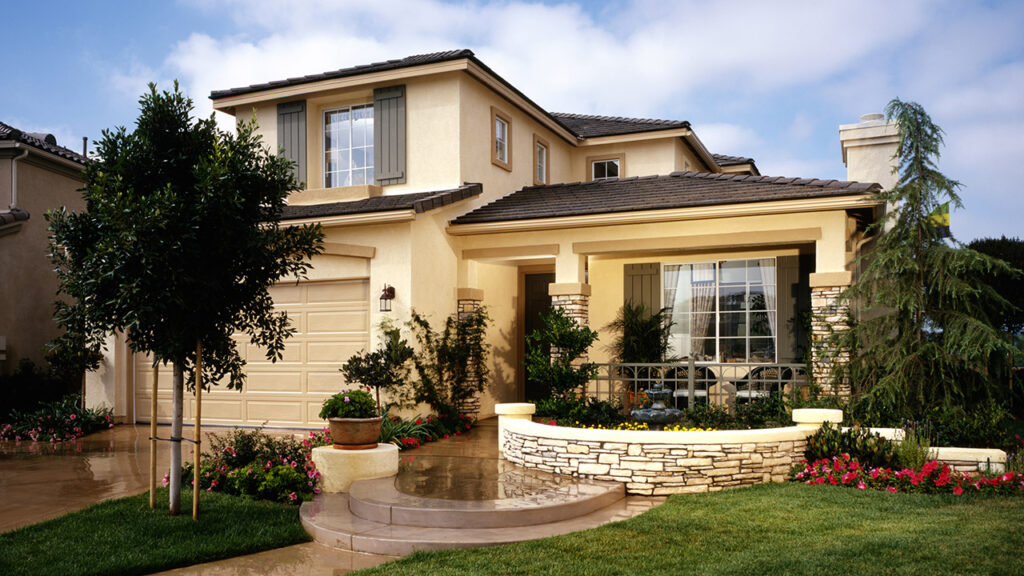
4 Reasons Why Painting Stucco is a Good Idea in 2020
June 20, 2020In addition to being one of the most common construction materials, stucco is a technique – and at the same time a category of materials – that serve to cover and decorate a wide variety of surfaces such as walls and ceilings.
As a category of materials, it is prepared as a paste or a mass of fine sand that can be composed of different elements such as plaster, cement, lime or marble dust; that, along with other ingredients like pigments, glues and natural resins. They are used to cover or clad (also called plastering) interior walls or ceilings, with a succession of layers of different thicknesses that will harden, which can be varnished to protect them and give them by polishing, a very attractive shine, similar in appearance to natural marble. In most cases stuccos are used to cover less attractive materials such as concrete, blocks, bricks, adobe, among others.
Origins of the technique

Source: youtube.com
The term stucco comes from the Italian, which is a way of finishing or decorating walls and ceilings, interior or exterior, based on paintings and different materials that allow obtaining various textures. Being such a versatile material, it easily adapts to any type or style of construction or period. There are many kinds of stucco, but the most famous is the Venetian, also called “Venetian lustrum”. It is a cladding that was developed in Venice, Italy in the early 15th century. Its finish is flat and shiny like polished marble, with different shades of color. Venetian stucco is elastic, highly resistant and easy to apply.
The Romans used it in their constructions based on the knowledge inherited from ancient Greece, which were later reused during the Renaissance as an architectural complement in French palaces. On the temple walls, figures were usually painted with white stucco; while colored stucco was used in the decoration of castles and palaces. During this time a great number of techniques were perfected, which later spread to artisans and teachers throughout Europe, who would later take it to USA.
Features and benefits

Source: acnpaintingllc.com
The advantage of stucco is that it is a high-quality, long-lasting, moisture-resistant, easy-to-maintain, hard-to-dirty and easy-to-clean coating. More flexible than plaster and therefore less prone to cracks, it is modern in style, texture soft to the touch, shiny, in a wide variety of colors and also the finishes that can be obtained are cheaper than the material they imitate. A disadvantage of it is that it must be applied to very smooth and well-finished surfaces.
-Great durability and resistance: It is a very strong and durable material that has a useful life of 50 to 70 years.
-Economical compared to other materials: it is cheaper than the material whose finishes it imitates (marble and stone), however it is more expensive than materials such as paint or wood.
-Appearance of great beauty, smooth, luxurious and shiny texture.
What does the stucco application consist of?
To coat a surface, we must first have prepared the wall or ceiling where the coating will be applied. For this, it will be necessary to cover the holes and flaws with putty and sand the wall until it remains completely uniform and smooth. Then the first layer of stucco would have to be spread on the wall. This layer should be very thin and spread with a steel trowel. Next and without letting the first layer dry, we will apply a second one moving the trowel diagonally. Once these two layers are dry, with a spatula it will be added in the form of spots and in different shades depending on the effect we are looking for. Finally, a final wax will be applied in circular movements to remove shine and texture. Visit stuccosanjose.com to see how the whole process looks like.
Why painting it is a good idea?

Source: thespruce.com
- Helps with moisture problems
This material absorbs water, so it is a good idea to paint it. If it is not painted, it will take on a dark color until it dries. If you paint it, the color will stay the same, because the color will create a waterproof coating. In this way you will maintain the attractive appearance and longevity of the material.
- Covers stains
If you do not paint immediately, stains will certainly appear. Especially under the windows and in some other places. When you paint it, the stains will disappear. That way you will regain the look and it will look new again.
- Fills cracks
If your material has cracked, the problem will only get worse over time. The cracks will continue to spread, so the only way to stop the cracks from spreading is to fill them with paint.
- UV protection
UV rays are very strong and can significantly affect the longevity of all materials, so this also applies to this one. UV rays will cause damage. And when they do, it will cause significant damage. Paint with a special paint that protects against UV rays and you won’t have to worry about it anymore.
Types

Source: brentandmarisa.com
Traditional classic stuccos – Those made with the techniques and materials that were used until the 19th century, such as stucco, plaster, marble and slaked lime. Traditional stucco is prepared with lime, sand and water.
Synthetic plasters – They are products obtained by preparing and mixing different materials, as well as different formulations or already patented chemical compositions that are sold ready to use. Synthetic stucco (also called EIFS) was very popular in the United States in the 1950s.
Modern stuccos – Plastic stuccos contain synthetic resins, usually acrylic, that serve as the final coating and replace paints. They are easier to apply than traditional ones, since they come ready to use and are applied in a single layer. Modern stuccos are usually prepared with a mixture of Portland cement, lime, sand and water.
Conclusion:
After reading this article, it is clear to you that this is an exceptional material, which has a wide application and looks very nice. So it’s a great choice if you’re renovating or building a house, and just don’t forget to paint it for protection.


